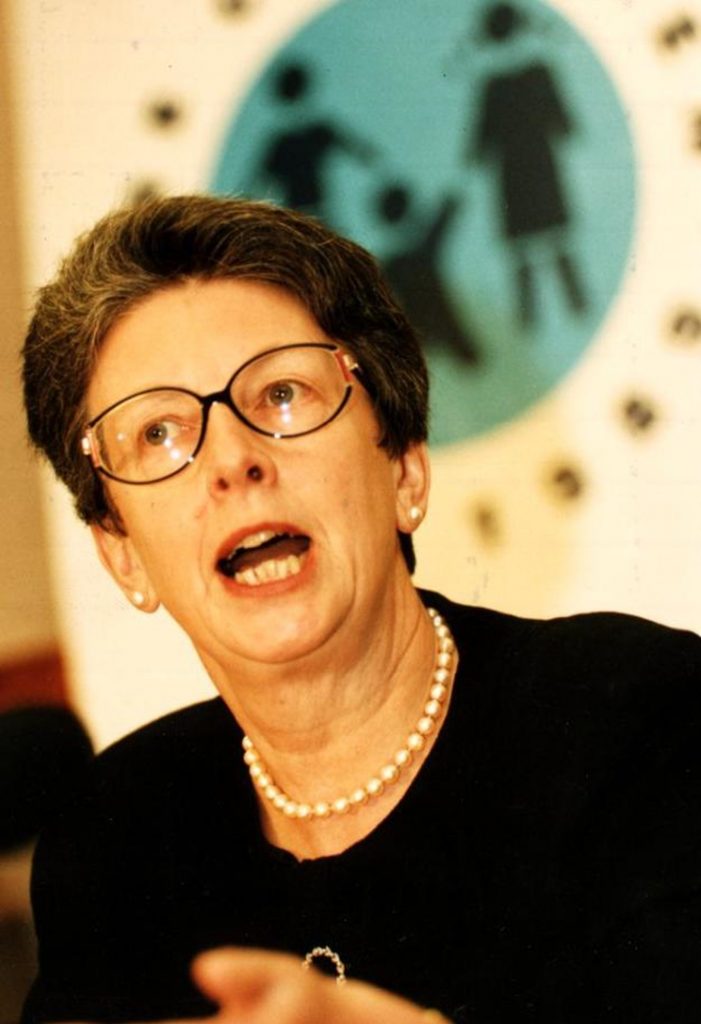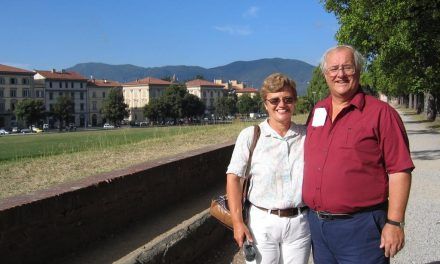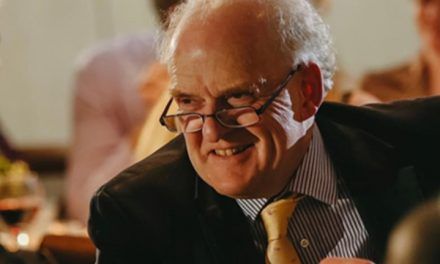Even as a High Court judge in the early 1980s Margaret Booth still had to withstand the casual sexism of the period. When on circuit at judges’ lodgings she would encounter fellow male judges who simply refused to talk to her, or who would criticise her dress at breakfast. At one stage she was the only woman out of 80 High Court judges.

In 1979 she had become only the third woman to have been appointed to the High Court bench. Her achievement was all the more remarkable given her age at the time, a mere 46. Yet her appointment hardly opened the floodgates towards a more equal future. It was more like a trickle. Brenda Hale (later president of the Supreme Court), who filled the vacancy created by Booth’s retirement in 1994, would be only the tenth woman to be appointed to the High Court.
Margaret Myfanwy Wood Booth was born in 1933. Her father, Alec, worked in the city for Cable and Wireless and her mother, Lilian, was employed by Breves, selling Lalique glass. After the war broke out, and aged only six, the young Margaret was dispatched to the perceived safety of boarding school in north Wales. It was not a happy experience and by the beginning of 1940 she was back in London, where she attended Northwood College in Middlesex. The war felt close at hand; Booth recalled one occasion when a German bomb blew out all the windows and the front door of the family home.
She read law at University College London, becoming president of the student law society. After graduation, and disregarding gloomy advice tendered to her father that ‘there is no place for women in the law’, Booth joined Middle Temple, being called to the Bar in 1956. It was a brave decision. For a woman the 1950s was not an auspicious decade for advancement at the Bar. Her contemporary Nemone Lethbridge memorably recalled being told by her own chambers that she had to use the lavatory in a Fleet Street café. Booth had to battle to find a pupillage, having in the meantime to provide for herself through a variety of jobs, including working for the Inland Revenue.
Eventually she became a pupil to James Comyn, one of the finest advocates of the mid-20thCentury. Comyn inspired in Booth a wish to pursue a career at the Bar notwithstanding the obstacles. Yet his chambers declined to offer her a tenancy, not for any demerits on her part, but because at the time it operated a strict ‘no-women’ policy. Applications to other chambers were met with the familiar refrain that there was no point giving a tenancy to a young woman: she was bound to marry and disappear to have babies.
It says much about Booth’s fortitude that in the face of such attitudes she persisted. Eventually Joseph Jackson, then a fashionable matrimonial junior, agreed to provide devilling work for her. The quality of her opinions led to the offer of a seat in his chambers in Paper Buildings. Booth gradually acquired a substantial matrimonial practice, though in the early years she had to supplement her Bar income by work as a law reporter. She later recalled: ‘It was terribly boring to start with — doing undefended divorces at two and a half guineas a time before judges who’d been practising in the colonies.’
In the late 1960s she and Jackson, whose clients included John Lennon, Peter Sellers and Stirling Moss, decamped to 1 Mitre Court, then and now one of the most renowned matrimonial chambers. Booth went on to acquire an outstanding reputation in matrimonial finance. She became a co-editor of the leading practitioners’ textbook Rayden on Divorce and was chairwoman of the Family Law Bar Association.
She took Silk in 1976, only the tenth woman to do so, and three years later she was appointed as a judge of the Family Division of the High Court. On the bench she was kindly and had an unerring capacity to see through to the real merits of the case. She was also highly critical of the level of legal fees incurred in matrimonial claims that came before her. These concerns led to her highly influential decision in Evans v Evans, aimed at rationalising ancillary relief claims, which in turn contributed to the law’s embrace of alternative dispute resolution in the family courts.
Booth was only 60 when she retired from the bench in 1994. ‘Fifteen years doing one job is quite enough for me,’ she explained. In truth her retirement was anything but. Booth had always been an expert in the art of committee membership and was a powerful force in the modernisation of matrimonial law. It was said of her, with only mild exaggeration, that there were 200,000 registered charities in England and Wales, and Booth was chairwoman of half of them.
Among her many appointments she became the second woman chairman (as she liked to describe herself) of the Reform Club and a trustee of the Rowntree Trust. There were intrepid journeys to the Antarctic and along the Silk Road with her friend Maryly Lafollette, who recalls her joie de vivre as well as her capacity to bring joy to others: a rare quality and perhaps not one traditionally associated with the judiciary. Booth even found time to translate into English Gustave Flaubert’s novel Madame Bovary.
She married Jackson in 1982, acquiring three step-daughters in the process. While travelling together in Australia in a Rolls-Royce — for which Jackson had a particular penchant —they were involved in a serious car accident. It was said that the crash might have been fatal in any smaller car. Jackson was badly injured and died in 1987. In 1993 Booth married Peter Glucksmann, who had pursued a successful career in fabrics, and acquired another two step-daughters. Glucksmann died in 2002. Booth had no children of her own.
In her later years she was afflicted by Parkinson’s disease, a condition she bore with uncomplaining good cheer and the strength of character which had typified her legal career. In an interview in The Times last year she was phlegmatic: ‘There it is. Fortunately I was already old and it has developed slowly. And I have two delightful consultants.’ Her disability did not stop her, even in her mid-80s, being majestically carried up the steps of the Reform in her wheelchair to attend a party that she was hosting.
When Elizabeth Lane had become the first female judge in 1965 she had ordered, as tradition dictated, red ceremonial robes to be made for her. Lane duly passed her robes on to Booth, who on her retirement passed them to Hale, who in turn passed them on to Mrs Justice Black (subsequently Lady Black). At Booth’s last public appearance in 2019 the splendid robes were placed on public display at the Royal Courts of Justice. It was a mark of her courage and determination and a fitting tribute to the contribution she had made to the law.
Dame Margaret Booth, DBE, High Court judge, was born on September 11, 1933. She died after a long struggle with Parkinson’s disease on January 1, 2021, aged 87.
Reproduced and edited with permission of The Times.



